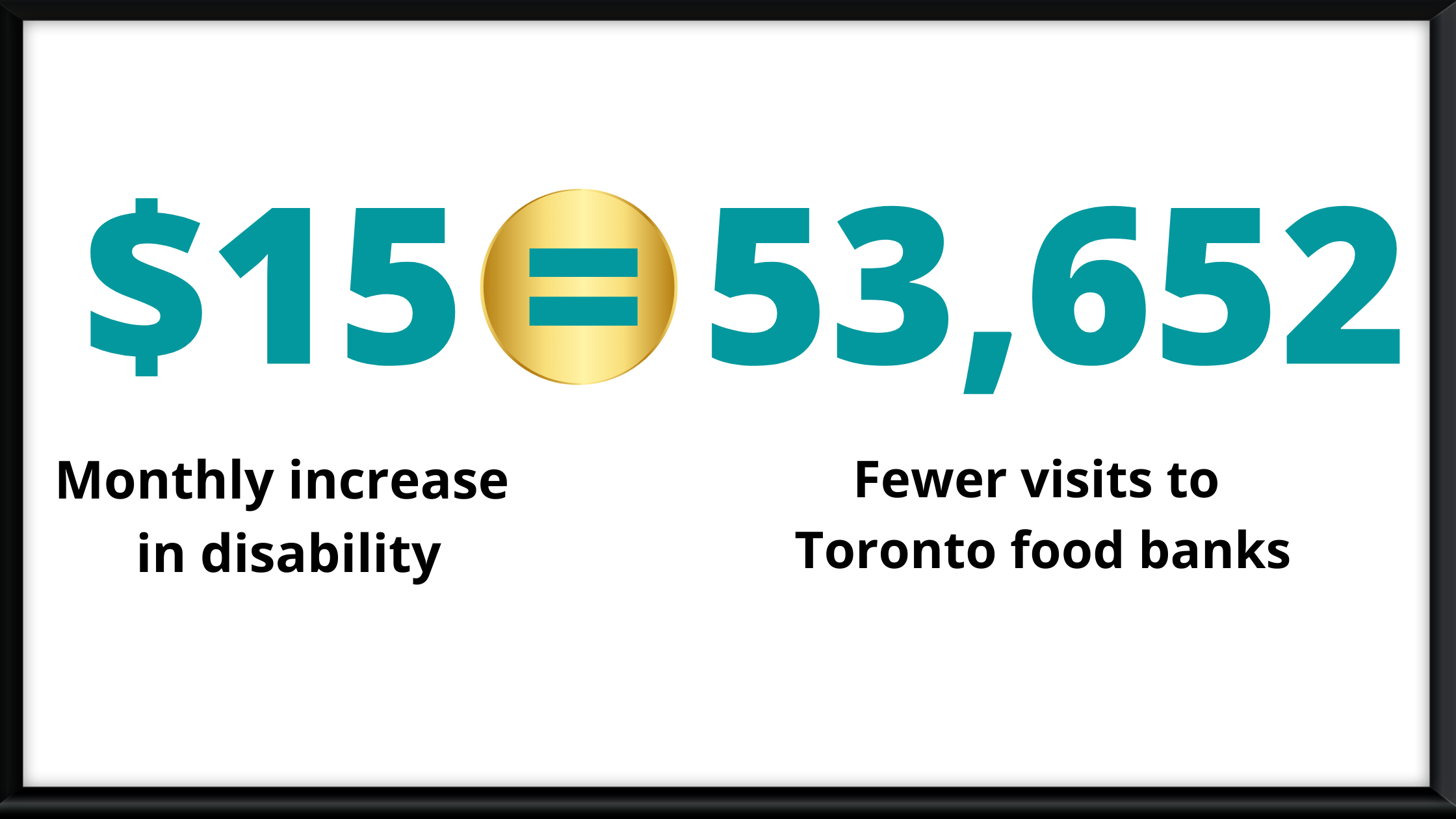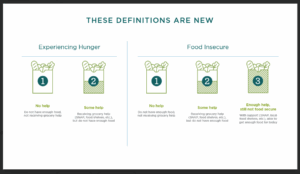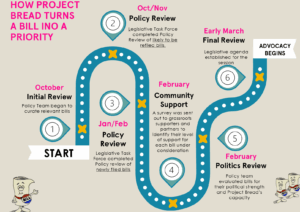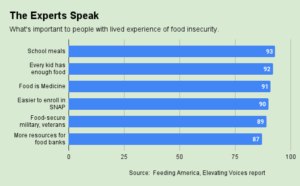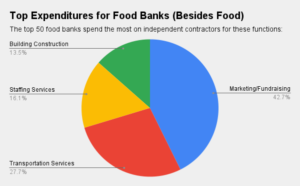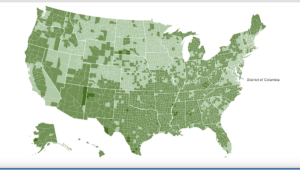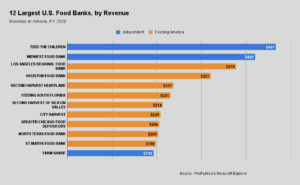Neil Hetherington and his team at Daily Bread Food Bank in Toronto have long vocalized that government policies impact how often people visit food banks. Now they have data to back up that assertion.
The food bank supplied monthly usage data from January 2014 through March 2020 to researchers at the University of Calgary, who conducted a study to find that food bank visits rise and fall along with changes in rent, minimum wage, and disability benefits. Disability benefits had the most significant impact on food bank visits, the study found.
The findings add to a slowly growing body of research examining the impact of government policies specifically on food-bank visits (rather than general food insecurity). Maryland Food Bank, for example, in November released a study that showed fewer Marylanders accessed its food-assistance network when state and federal governments expanded pandemic-related benefits.
For Hetherington, Daily Bread’s findings present a valuable tool to help push for broad social change along multiple pathways. “There’s a fundamental difference between saying something is good and actually being able to prove the good that will result,” said Hetherington, who is CEO of Daily Bread. “This makes our argument to the community much stronger.”
The food bank has advanced the conversation by illustrating the impact of various policy levers on food-bank visits. (Because there is no SNAP equivalent in Canada, such a lever was not considered.) Specifically, the research found that:
- Increasing disability payments by $15 a month would result in 53,000+ fewer food-bank visits a year in Toronto.
- Increasing the minimum wage (which is $15 an hour in Toronto) by $1 would lead to nearly 37,000 fewer food-bank visits a year. (Instituting a living wage of $22 an hour would reduce visits by about 250,000 annually, Hetherington added.)
- An increase in rent would have the opposite effect: $30 more a month in rent would lead to nearly 74,000 more food-bank visits a year.
The array of findings offers policy makers a menu of options for reducing food-bank visits, which reached 1.45 million in Toronto last year. Hetherington noted, “There is no one solution. We’ve got to target each of these different areas.”
Like a growing number of food banks that are seeking more innovative solutions to hunger, Daily Bread is putting greater emphasis on data and research. Its three-person research and advocacy team, which helped initiate the study, is being tasked with thinking more expansively about how to solve food insecurity.
“We’re too often too busy with making sure the shelves are full,” Hetherington said. “We’ve got to pause every once in a while to think creatively about possible solutions.” – Chris Costanzo
Like what you’re reading?
Support Food Bank News